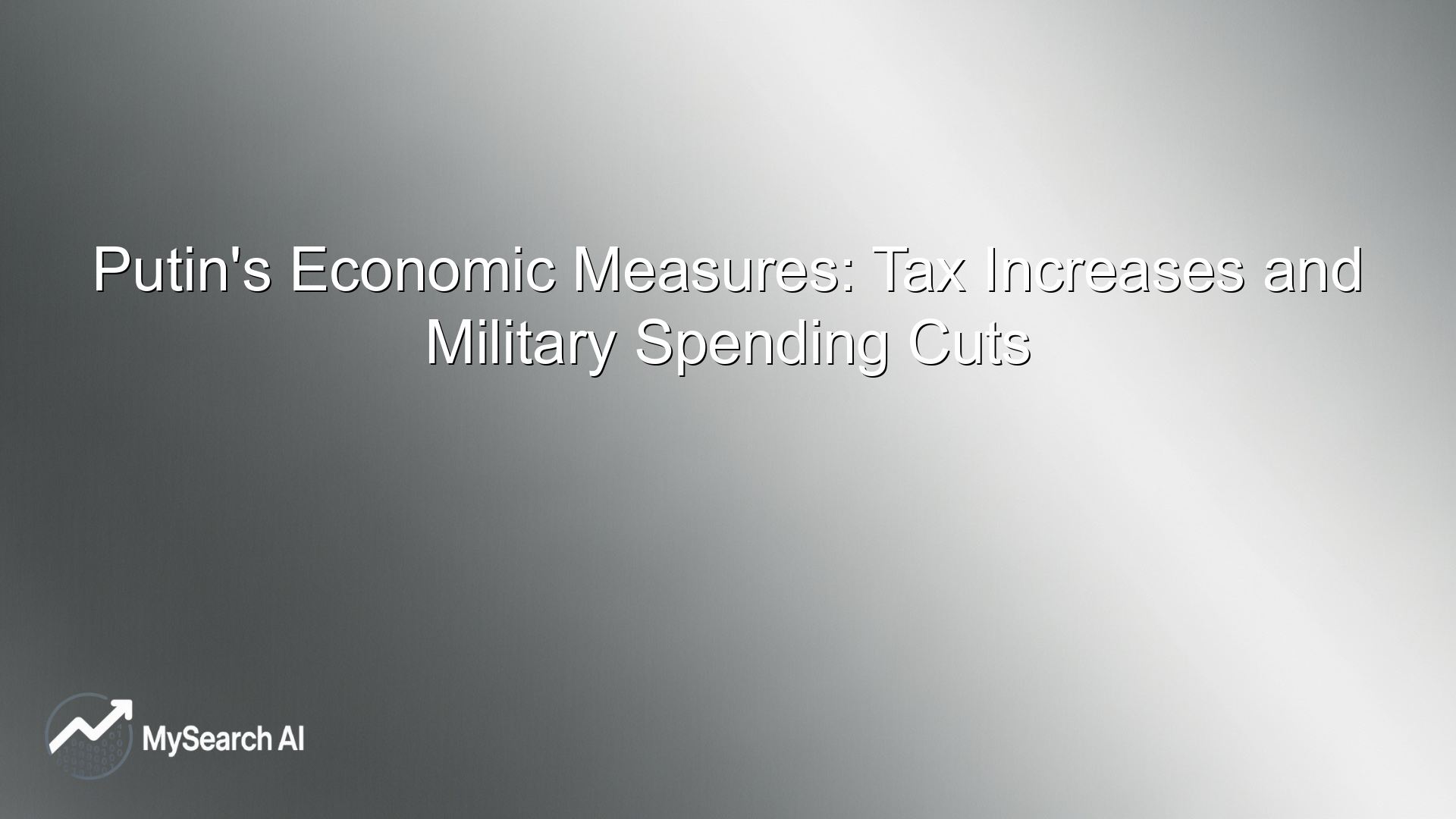Related Articles
Ask anything about stocks
HPCL and ONGC Sign LPG Deal to Strengthen India’s Energy Security
Table of Contents
India is taking a big step forward in strengthening its energy security. Hindustan Petroleum Corporation Limited (HPCL) and Oil and Natural Gas Corporation (ONGC) have officially signed a long-term agreement for the supply and purchase of Liquefied Petroleum Gas (LPG). This deal, announced on August 18, 2025, is being seen as a strategic move to meet the nation’s growing demand for clean cooking fuel and to reduce dependence on imports.
But why is this deal so important? To understand, we need to look at India’s current energy needs, the role of LPG, and how companies like HPCL and ONGC are stepping up to shape the future.
Why is India focusing so much on LPG supply?
India’s household and commercial sectors rely heavily on LPG for cooking and heating. With government initiatives like Ujjwala Yojana, LPG has reached millions of rural households. However, demand has grown so rapidly that imports have been increasing year after year. By partnering with ONGC, HPCL will now have access to a steady domestic source of LPG, which reduces import costs and boosts national energy independence.
What does the HPCL and ONGC deal include?
The agreement between HPCL and ONGC is a long-term Sale and Purchase Agreement (SPA) for LPG. According to official reports, ONGC will supply high-quality LPG produced at its plants directly to HPCL. This will help HPCL meet the growing demand in urban as well as rural areas.
A key highlight of this deal is its focus on clean and safe fuel distribution. By ensuring a steady supply of LPG, both companies are aligning with India’s climate and energy goals.
How does this deal help strengthen India’s energy security?
Energy security is not just about having fuel, but about having a reliable and affordable supply for the future. Here’s how this agreement benefits the country:
- Reduces import dependency: India currently imports around 60 percent of its LPG. With ONGC supplying HPCL domestically, this reliance will decrease.
- Stable fuel prices: By sourcing more LPG locally, price fluctuations in international markets will have less impact.
- Job creation: Stronger partnerships in the oil and gas sector help create new employment opportunities.
- Support for government schemes: Programs like Ujjwala Yojana will be better supported with a reliable supply chain.
What are industry experts saying about this deal?
Energy analysts are calling this move a win-win for both HPCL and ONGC. ONGC benefits by securing a consistent buyer for its LPG output, while HPCL ensures supply for its distribution network. Market experts also believe this deal will strengthen the public sector energy ecosystem in India.
In fact, soon after the announcement, HPCL’s shares showed positive movement in the stock market, signaling strong investor confidence.
How does this tie in with HPCL’s international deals?
Interestingly, this LPG agreement is not the only big move by HPCL. Recently, HPCL also signed a 10-year LNG supply deal with Abu Dhabi’s ADNOC Gas subsidiary. Together, these agreements highlight HPCL’s strategy of diversifying fuel sources, balancing domestic supply with international partnerships.
By doing so, HPCL is positioning itself as a key player not just in India, but in the global energy market as well.
Why does this matter for the common man?
At the end of the day, energy deals impact the everyday life of citizens. With this agreement, households across India can expect more reliable LPG availability and potentially more stable prices. For rural families who rely on government-subsidized LPG cylinders, this is a huge relief.
So, when you ask, “What does this mean for me?” the answer is simple. It means better access to clean cooking fuel, fewer disruptions in supply, and a stronger commitment to environmental safety.
The bigger picture: India’s energy transition
This deal between HPCL and ONGC also fits into India’s long-term energy transition. The country has committed to net-zero emissions by 2070, and while renewable energy will play a big role, LPG remains crucial for the medium term.
By focusing on cleaner fuels like LPG, India is making a smoother transition from coal and kerosene toward greener alternatives. This makes the HPCL–ONGC partnership a stepping stone in the nation’s sustainable energy journey.
Conclusion
The signing of the HPCL and ONGC LPG deal is more than just a business agreement. It is a strategic move to strengthen India’s energy security, reduce import dependence, and provide stable, clean fuel to millions of households.
For HPCL, this partnership reinforces its position as a leader in India’s energy landscape, while for ONGC, it ensures a reliable domestic market for its LPG. Together, they are shaping the future of India’s energy sector, one deal at a time.
This agreement is a reminder that when major companies like HPCL and ONGC join forces, the impact is felt not just in boardrooms, but in every Indian kitchen where an LPG cylinder lights up a stove.
FAQ’S
What is the stake of HPCL and ONGC?
ONGC owns about a 51 percent stake in HPCL, making it the majority shareholder and controller of the company.
Which ONGC deals with the exploration of petroleum in India?
ONGC, through its exploration and production division, handles oil and natural gas exploration across India.
Which is better, HPCL or BPCL share?
Both HPCL and BPCL shares are strong, but HPCL has ONGC backing, while BPCL is preferred for steady dividends.
What is the difference between IOC and HPCL?
IOC is India’s largest oil marketing company, while HPCL is smaller but has ONGC as its parent company.
Which is the largest gas company in India?
GAIL (India) Limited is the largest gas company, handling natural gas transmission and distribution nationwide.
Which country has the most untapped oil reserves?
Venezuela holds the world’s largest untapped proven oil reserves, followed by Saudi Arabia and Canada.
Why is ONGC share falling?
ONGC shares often fall due to global crude price fluctuations, rising production costs, and government policies.
Why is HPCL falling?
HPCL shares drop mainly because of high crude oil prices, weaker refining margins, and market volatility.
Which gas company share is best?
GAIL and Petronet LNG are often seen as the best gas sector shares for long-term stability and growth.
Which company’s petrol is best in India?
IOC, BPCL, and HPCL all provide high-quality petrol, with IOC leading in market share and network presence.
What is the role of HPCL in India’s energy sector?
HPCL refines crude oil and markets petroleum products, playing a key role in India’s fuel supply chain.
Is HPCL a government company?
Yes, HPCL is a public sector enterprise, majority-owned by ONGC and controlled by the Government of India.
What is the future of HPCL shares?
HPCL’s future looks strong with rising fuel demand, but performance depends on crude prices and refining margins.
Disclaimer:
This is for information only, not financial advice. Always do your research.



